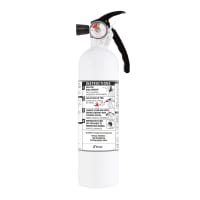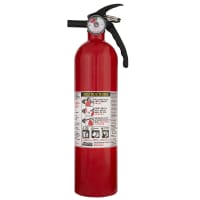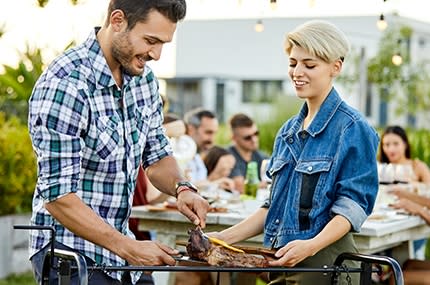
Propane Grills
-
Check the gas tank hose for leaks before using it for the first time each year.
-
Apply a light soap and water solution to the hose. A propane leak will release bubbles.
-
If your grill has a gas leak, by smell or the soapy bubble test, and there is no flame, turn off both the gas tank and the grill.
-
If the leak stops, get the grill serviced by a professional before using it again.
-
If the leak does not stop, call the fire department.
-
If you smell gas while cooking, immediately get away from the grill and call the fire department. Do not move the grill.
-
If the flame goes out, turn the grill and gas off and wait at least 5 minutes before re-lighting it.*
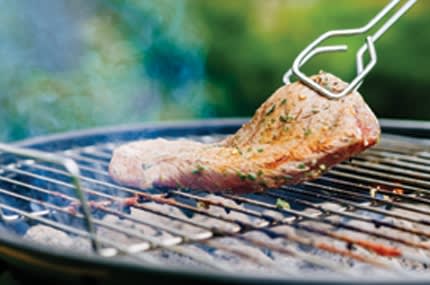
Charcoal Grills
-
If you use starter fluid, only use charcoal starter fluid.
-
Keep charcoal fluid out of the reach of children and away from heat.
-
Charcoal chimney starters let you use newspaper as fuel.
-
Electric charcoal starters don’t even use fire. But be sure to use an extension cord rated for outdoor use.
-
When finished grilling, let the coals cool completely, and dispose of them in a metal container.
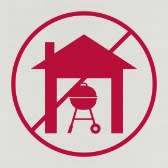 Don’t use an outdoor grill indoors.
Don’t use an outdoor grill indoors.
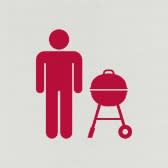 Never leave the grill unattended.
Never leave the grill unattended.
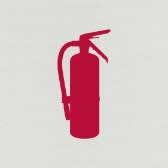 Keep kids and pets away – make a 3-ft. zone of safety around the grill.
Keep kids and pets away – make a 3-ft. zone of safety around the grill.
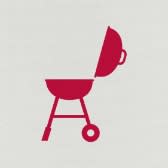 Make sure the gas grill lid is open before lighting it.
Make sure the gas grill lid is open before lighting it.
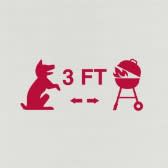 Keep a multipurpose fire extinguisher within easy reach (but don't place it directly against your grill, that’s a hazard.)
Keep a multipurpose fire extinguisher within easy reach (but don't place it directly against your grill, that’s a hazard.)
Much of the information provided above is from the NFPA (National Fire Protection Association).

